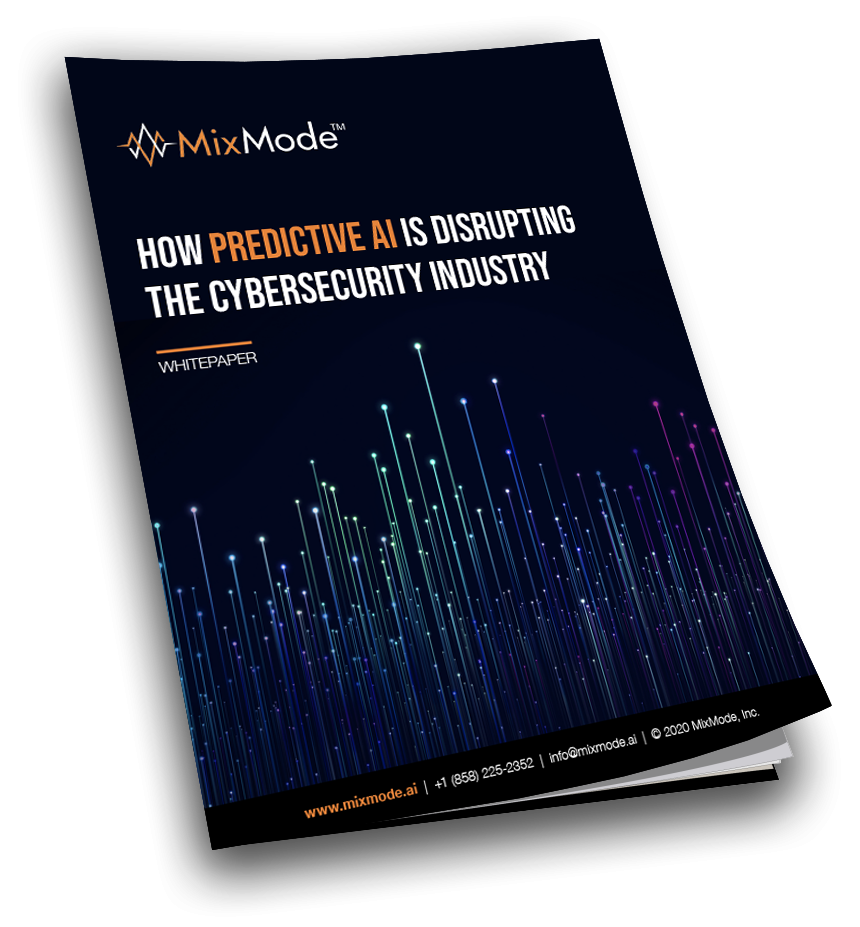One way IT teams commonly add cybersecurity to their network infrastructures is through standalone Security Information and Event Management (SIEM) platforms.
These tools add automation to tasks like threat detection and network behavior monitoring. Ideally, SIEM solutions free up time SecOps teams can spend performing other necessary functions.
While SIEM is undoubtedly a step up from unmonitored network environments, the inherent nature of today’s SIEM software often falls short in several important ways. SIEM is an outdated solution for adequately protecting networks within the modern threatscape.
Stand-Alone SIEM Challenges and Vulnerabilities
The security efficacy of standalone SIEM solutions is limited in scope and, in some ways, creates excess work for SecOps staff.
1. Workforce Limitations
While SIEM adds some level of automation, most platforms require a great deal of human interaction, which takes up work hours. Security analysts must respond to alarms, maintain configurations, and conduct routine reviews of system reports.
2. Weak Responsiveness to Inside Breaches
SIEM monitors behavior but is notably limited in its ability to prevent threats from the inside. When a rogue employee suddenly downloads massive amounts of data or is sending multiple emails a day to an address outside the company or client base, SIEM won’t generally trigger an alarm. These kinds of threats are becoming more common.
3. False Positives and Missed Threats
SIEM analyzes onhand data and current network behavior but isn’t capable of making context-aware decisions about what to do with the analysis. This leads to an endless stream of alarms that security analysts spend time reviewing. A large percentage will be determined to be false positive alarms. Worse, SIEM platforms routinely miss authentic threats.
4. Dynamic Data Limitations
SIEM platforms are mostly static, while network data is fluid. Today’s networked environments include IoT devices that log on and off throughout the day, telecommuting employees, and connections to cloud data. SIEM can analyze specified data stores and compare current network behavior to historical norms, but it’s not “smart” enough to adjust in real-time to atypical, yet acceptable, behaviors.
Advantages of Machine Learning AI Network Security Programs
Today’s network vulnerabilities require a modern response that includes forward-looking, predictive intelligence. MixMode’s third-wave, self-supervised AI solution responds to security events as they occur, with more accuracy than most SIEM platforms.
MixMode Advantages
Your SecOps team can devote their expertise to improving your network, increasing education around issues like phishing, and other organizational needs when they aren’t spending 25 percent of their day responding to false positives.
The MixMode solution is better. Here’s why. MixMode:
· creates an evolving network baseline within a few days versus several weeks for many SIEM platforms.
· Is context-aware—the platform triggers fewer false positives and catches more actual threats.
· Does not rely on logging and reports that are attractive to hackers and take up analysts’ time.
· Requires a minimum of human input and interaction, reducing the risk of human error and increasing overall team efficiency.
· Monitors networks continually in real-time and evolves alongside it.
· Can complement an existing SIEM platform for overlapping protection.
Download the MixMode Whitepaper, “How Predictive AI is Disrupting the Cybersecurity Industry”

When it’s time to enhance your organization’s network security, SIEM can help, but it’s crucial to take the time to understand the limitations of this technology. Without a real understanding of your network’s baseline, no security platform can detect every threat.
MixMode’s third-wave AI solution develops an accurate baseline of network behavior and then responds smartly to aberrations and unexpected network behavior. MixMode is helping organizations improve the way SecOps teams utilize advanced security technology to better secure and protect vital networks.
Download our whitepaper to learn how.
MixMode Articles You Might Like:
Whitepaper: Self-Supervised Learning – AI For Complex Network Security
Encryption = Privacy ≠ Security
Self-Supervised Learning – The Third-Wave in Cybersecurity AI
How the Role of the Modern Security Analyst is Changing
One Thing All Cybersecurity teams Should Have During COVID-19
The Cybersecurity Processes Most Vulnerable to Human Error
New Video: How Does MixMode’s AI Evolve Over Time With a Customer’s Environment?
New Whitepaper: How Predictive AI is Disrupting the Cybersecurity Industry


